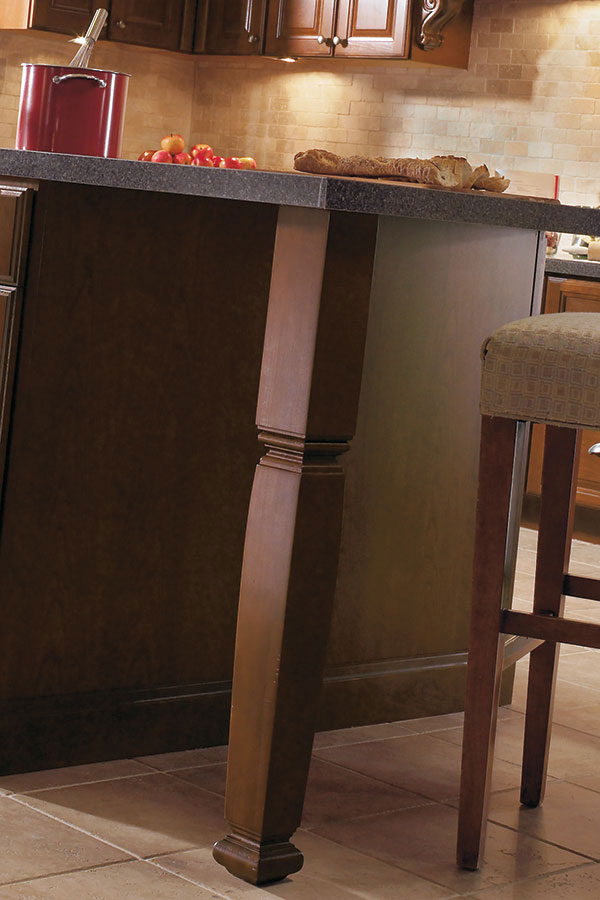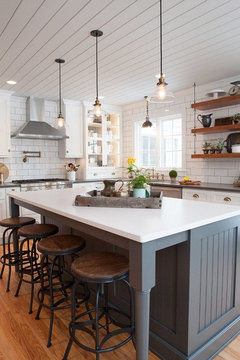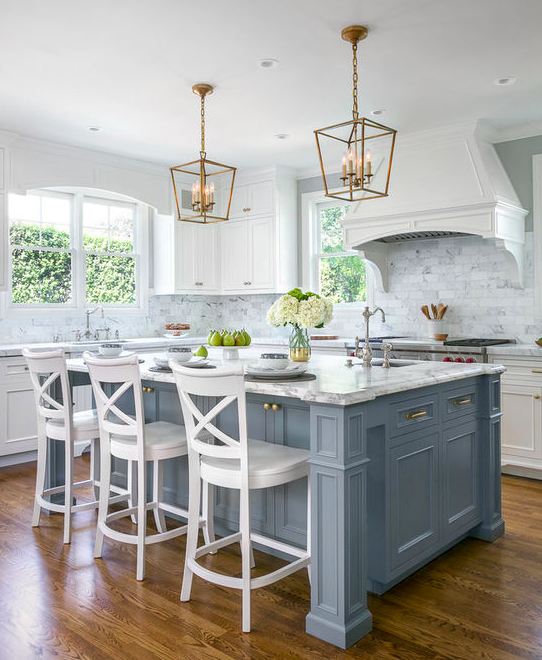Kitchen Island Legs: Include Performance and Design to Your Area
Kitchen Island Legs: Include Performance and Design to Your Area
Blog Article
Necessary Tips for Selecting the Perfect Dining Table for Your Kitchen Area
Selecting the ideal eating table for your cooking area is more than just an issue of preference; it demands a complete understanding of your area and demands. The shape of the table plays a crucial duty; while rectangle-shaped tables match larger areas, round ones foster affection, and extendable alternatives provide versatility. The table must harmonize with your kitchen's looks and suit your household easily.
Procedure Your Area
Picking the optimal eating table begins with a precise evaluation of your offered space. This fundamental action makes sure that the table not only fits pleasantly within the space however additionally complements the total layout and functionality of your eating area. Begin by measuring the dimensions of the area, taking into consideration doorways, home windows, and any kind of existing furniture. This will certainly aid you establish the optimum allowable size for your eating table.
It is crucial to leave ample room for chairs to be drawn out and for people to relocate around the table without obstruction. A basic policy of thumb is to allow at least 36 inches of clearance from the side of the table to the local wall or piece of furnishings.
In addition, consider the number of people you generally entertain and whether you require extra area for guests. Deciding for an extendable table can offer versatility, permitting you to accommodate differing numbers of diners. By accurately gauging your space, you prepared for selecting a dining table that enhances both the aesthetics and functionality of your eating area.
Choose the Right Shape

On the other hand, round tables are outstanding for smaller kitchens or intimate celebrations, as they promote conversation by allowing everyone to face each other. They additionally supply a feeling of coziness and can fit well in tighter areas because of their absence of sharp corners. Oblong tables offer the very best of both globes, combining the size of rectangular tables with the intimacy of round ones, making them versatile for various setups.
Square tables are an additional option, specifically fit for square-shaped rooms. They produce a balanced and modern-day appearance, cultivating an equal dining experience for all seated.
Material Considerations
When picking an eating table, material factors to consider are extremely important in identifying the table's longevity, upkeep requirements, and total visual. Timber is a classic selection, using timeless appeal and toughness.
Glass-topped tables supply a contemporary, streamlined appearance and can make a room appear bigger due to their transparency. They need regular cleansing to prevent spots and finger prints. In addition, tempered glass is suggested for its added stamina and security.

Last but not least, composite products like MDF (Medium-Density Fiberboard) or plywood are affordable options. These products can mimic the look of solid timber however might not supply the exact same longevity. They are generally less complicated to tidy yet can be vulnerable to water damage if not properly sealed.
Ultimately, the option of material need to straighten with your kitchen area's design, your way of life requires, and your budget plan restraints. (kitchen island legs)
Seats Capacity and Comfort
Exactly how this link do you figure out the ideal seating ability and comfort for your dining table? This vital step entails analyzing both the physical room readily available in your kitchen and your home's practical requirements. Begin by gauging your kitchen location to make certain the table fits comfortably, enabling at the very least 36 inches of clearance around it for very easy activity. Consider the number of people that normally dine with each other, as this will certainly influence the table dimension. For a family of 4, a rectangle-shaped table of 48 inches long or a round table with a 48-inch size is generally enough.
The height of the table ought to ideally be around 30 inches, offering a well balanced ergonomic position for seated restaurants. Chairs should have a seat elevation of 18 to 20 inches to guarantee a comfy eating stance.
Design and Appearance
Selecting a table that fits your style and appearance involves stabilizing individual taste with the existing style of your eating space. The dining table is typically the centerpiece of the kitchen area, and its design must complement the overall motif of the area. Whether your kitchen flaunts a contemporary, minimalist appearance or a rustic, farmhouse appeal, the table you select should harmonize with these elements try this out to produce a cohesive and inviting ambience.
Think about products very carefully; timber provides an ageless appeal and can range from rich mahogany for a typical seek to lighter oak for a contemporary feel. Metal and glass tables, on the various other hand, can present a sleek, industrial edge to your cooking area. Do not ignore the table's form-- rectangle-shaped tables are timeless and versatile, while round and oblong choices can promote a more intimate eating experience.
Furthermore, pay attention to surfaces and information. A distressed surface could add personality and heat, whereas a shiny surface can add to a clean, modern-day visual. Ultimately, your eating table ought to not just fit effortlessly into your cooking area's style yet likewise mirror your individual style, boosting the room both functionally and visually.
Final Thought
To conclude, selecting the ideal eating table for a cooking area requires mindful analysis of space, shape, product, seating ability, and visual consistency. Making sure a minimal clearance of 36 inches helps with comfy movement, while the option of form improves spatial dynamics. Product selection influences resilience and layout, making it vital to align with the cooking area's general visual. Eventually, a well-chosen table cultivates a welcoming environment and suits the home comfortably, therefore improving the dining experience.

When choosing a dining table, material considerations are paramount in determining the table's resilience, upkeep needs, and general aesthetic. For a family members of four, a rectangle-shaped table of 48 inches long or a round table with a 48-inch size is normally enough.
Do not neglect the table's shape-- rectangular tables are versatile and traditional, while round and oblong options can cultivate an extra intimate eating experience. kitchen island their website legs.
Report this page